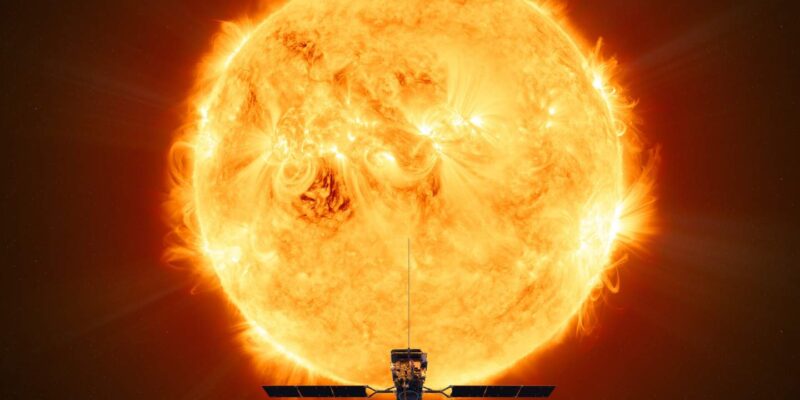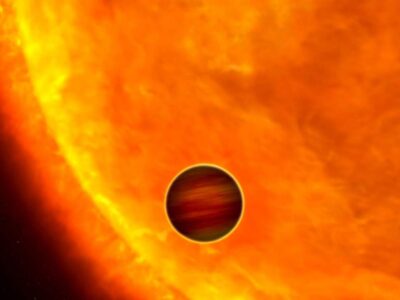Though it’s the center of our solar system, there’s a lot we still do n’t know about the sun. It’s delicate to study the sun in detail, not only because it’s far down but also because it gives off so important heat and radiation that it’s hard for spacecraft to get close to it without being destroyed. But a lately launched charge from the European Space Agency (ESA) and NASA, Solar Orbiter, will get the stylish look yet at the sun, including corridor of it noway seen ahead. Then’s everything you need to know about this instigative charge.
ESA/ ATG medialab
Solar Orbiter was launched in February 2020 and is, according to ESA, the “ utmost complex scientific laboratory ever to have been transferred to the sun.” It has 10 different instruments on board, including instruments for measuring glamorous fields, for measuring solar winds, and several different types of imagers for landing the sun in the ultraviolet andX-ray wavelengths.
To cover it from the extreme heat of the sun, it’s armed with a 324-pound heatshield made of layers of veritably thin titanium antipode which, according to NASA allows the spacecraft to repel temperatures of over to 970 degrees Fahrenheit.
Solar Orbiter approaching Venus
One of the most instigative corridor of the Solar Orbiter charge is that it’ll observe the north and south poles of the sun, which have noway been imaged ahead. It is n’t easy to get a spacecraft into such an route around the sun however, so it’ll take several times of maneuvering until the orbiter is suitable to see the poles. To help it along its trip, Solar Orbiter passes by both Earth and Venus and uses their graveness to acclimate its course, swinging out from the flat aeroplane in which the globes route and into an angled aeroplane, called an inclination. That decreasingly angled route allows it to image further of the sun as its seven- time charge progresses (via ESA).
Scientists want to study the sun’s poles in order to understand further about the sun’s glamorous field. This glamorous field is important in space rainfall, which is the name for how the sun affects other corridor of the solar system. For case, the sun gives off important solar winds – aqueducts of charged patches that head out from the sun and can intrude with electronics in space and satellite dispatches on Earth. Solar Orbiter aims to learn about how these solar winds are generated and how they’re accelerated to high pets.
.
Solar Orbiter has only just begun its main wisdom phase, but it has formerly made some instigative discoveries about the sun. Before this time it imaged its first coronal mass ejection, in which patches erupt from the sun with tremendous force.
It also discovered a miracle called “ conflagrations,” which are atomic solar flares erupting on the face of the sun. “ The conflagrations are little cousins of the solar flares that we can observe from Earth, million or billion times lower,” said David Berghmans, Star Investigator of one of Solar Orbiter’s instruments, in a statement (via ESA).
“ The sun might look quiet at the first regard, but when we look in detail, we can see those atomic flares everyplace we look.”















![How to solve [pii_email_af9655d452e4f8805ebf] Error?](https://themediahubs.com/wp-content/uploads/2023/02/U9rr3rhWhUvxCSyrdw3r5MZLGTsfOGbJeliDmntx-1-1-400x225.jpg)



![How to solve [pii_email_af9655d452e4f8805ebf] Error?](https://themediahubs.com/wp-content/uploads/2023/02/U9rr3rhWhUvxCSyrdw3r5MZLGTsfOGbJeliDmntx-1-1-180x180.jpg)
Comments